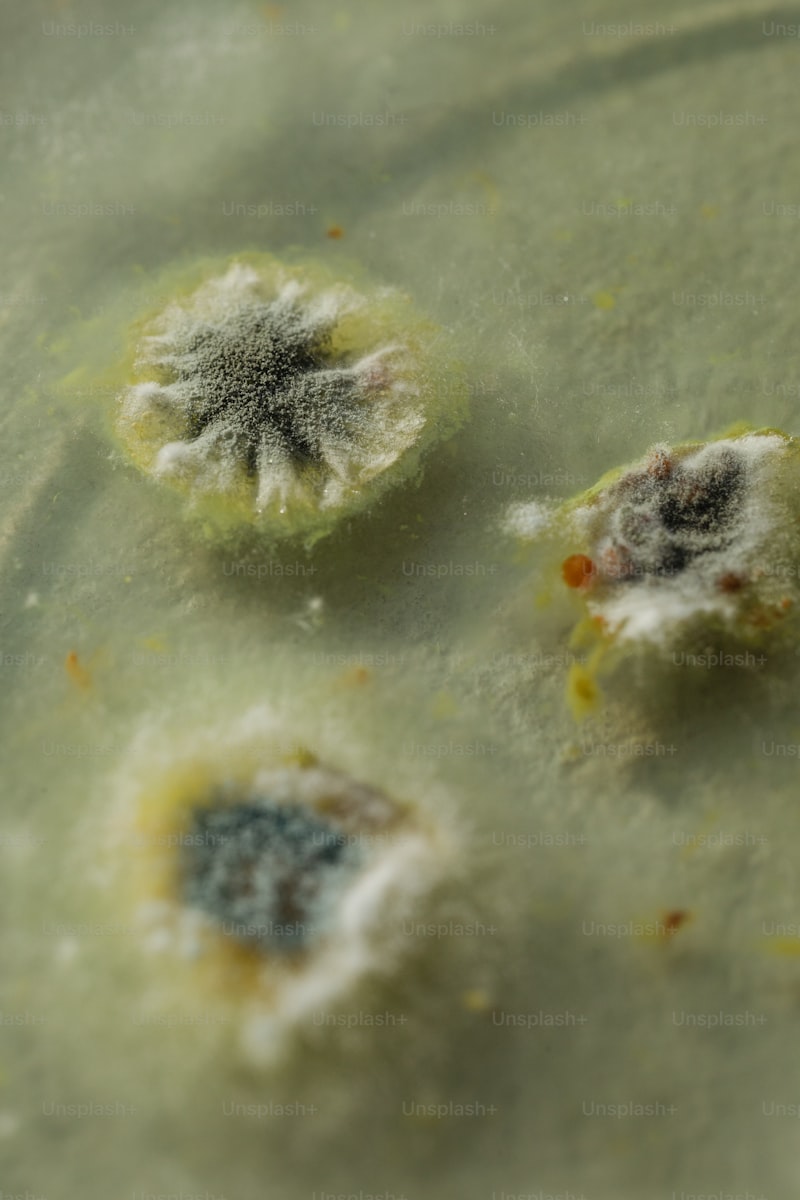Take, for instance, insects like beetles or ants. Their immune systems are primed with antimicrobial peptides that act as natural antibiotics, swiftly neutralizing invading microbes. These peptides, akin to tiny soldiers, patrol the insect’s body, ensuring any potential threat is promptly subdued.
Meanwhile, mollusks such as oysters showcase a different facet of invertebrate immunity. They possess specialized cells called hemocytes, which not only engulf foreign particles but also release enzymes to break them down. This cellular defense mechanism forms a crucial barrier against infections in the oyster’s aquatic habitat.
Crustaceans, including crabs and shrimp, deploy a multifaceted immune response involving cellular and humoral components. Their immune systems utilize circulating hemocytes, similar to white blood cells in vertebrates, to recognize and eliminate pathogens. Additionally, crustaceans produce lectins—proteins that bind to specific carbohydrate molecules on the surface of pathogens, marking them for destruction.
Invertebrate immune systems exemplify nature’s resilience and adaptability. They have evolved over millions of years, refining their defenses to thrive in diverse ecosystems—from the ocean depths to terrestrial landscapes. Understanding these mechanisms not only sheds light on evolutionary biology but also inspires biomimetic innovations in medicine and technology.
The immune systems of invertebrates are a testament to the wonders of natural adaptation. Each species has honed its defenses to combat threats effectively, showcasing the remarkable diversity and complexity of life on Earth.
Unveiling the Secrets: How Invertebrates’ Immune Systems Adapt to Diverse Environments
Invertebrates, lacking the backbone of vertebrates, have evolved unique strategies to fend off pathogens and environmental challenges. Unlike humans with antibodies, their immune systems rely on a diverse array of mechanisms, each finely tuned to their specific ecological niche.
Take, for instance, the horseshoe crab. Living in muddy coastal areas, this ancient creature has a blood-based defense system that detects harmful bacteria. Its blood contains specialized cells that clot around invaders, preventing infection. This mechanism has been a game-changer in medical science, helping to detect contaminants in vaccines and surgical implants.
Moving to the Sahara desert, we encounter the dung beetle, a master of adaptation. This beetle thrives in an environment where bacteria and fungi abound. Its exoskeleton secretes antimicrobial substances, keeping its body free from harmful infections despite the challenging conditions. It’s a testament to how evolution has equipped these creatures with tools perfectly suited to their harsh habitats.
Meanwhile, in the icy waters of the Arctic, the Antarctic krill showcases a different adaptation. Despite the cold, these tiny crustaceans manage to ward off pathogens using a combination of innate immune responses and antifreeze proteins. This allows them to navigate through freezing waters without succumbing to infections that could easily overwhelm less adapted organisms.
From the deepest caves to the highest mountaintops, invertebrates continue to astonish with their resilience and adaptability. Their immune systems, shaped by millions of years of evolution, offer invaluable insights into how life copes with environmental extremes. By understanding these mechanisms, scientists not only unravel biological mysteries but also discover potential applications in medicine and biotechnology.
The diverse strategies employed by invertebrates to adapt their immune systems to varied environments underscore the brilliance of nature’s designs. Whether it’s through biochemical innovations or behavioral adaptations, these creatures continue to inspire awe and drive scientific discovery forward.
The Resilience Factor: Exploring Invertebrates’ Surprising Immune Defenses
Take the humble honeybee, for instance. Beyond its role in pollination, the honeybee boasts a remarkable immune system that guards its hive against pathogens. Through a combination of antimicrobial peptides and collective behaviors, honeybees demonstrate how social cooperation bolsters their survival against diseases.
Meanwhile, the octopus, known for its intelligence, also reveals a sophisticated immune strategy. Despite lacking bones, these creatures possess a robust immune system that utilizes specialized cells to recognize and neutralize threats. Their ability to adapt their immune responses to different environments underscores their evolutionary prowess.
In the underwater realm, corals provide another example of resilience. Despite facing challenges like bleaching events, corals possess a unique symbiotic relationship with algae that enhances their ability to withstand stress. This mutualistic partnership not only strengthens their resilience but also highlights the interconnectedness of ecosystems.
Even the smallest invertebrates, such as water bears (tardigrades), fascinate with their survival tactics. These microscopic creatures can endure extreme conditions, from radiation exposure to dehydration, by entering a state of cryptobiosis. Their ability to suspend biological processes until conditions improve underscores their unparalleled resilience in harsh environments.
Nature’s Innovators: Unique Strategies in Invertebrate Immune Systems

Ever wondered how creatures without backbones protect themselves from invaders? Invertebrates, from tiny insects to resilient mollusks, boast some of the most ingenious immune systems in the animal kingdom. Unlike vertebrates with adaptive immunity, these creatures rely on innate defenses and unconventional tactics that have evolved over millions of years.
Take ants, for instance. These industrious insects don’t just build colonies; they also have a sophisticated immune system that leverages collective strength. When a pathogen threatens the colony, ants use chemical signals to alert others, prompting a rapid response. It’s like having a city-wide alarm system that mobilizes the workforce against intruders.
Meanwhile, mollusks like oysters have a completely different approach. Living in constantly changing aquatic environments, oysters have developed a unique immune system centered around their shells. These bivalves produce antimicrobial peptides that not only defend against bacteria but also help repair their protective shells. It’s akin to having a self-repairing fortress that fights off enemies while maintaining structural integrity.
Invertebrates also excel in utilizing symbiotic relationships to boost their immune defenses. The Hawaiian bobtail squid, for example, harbors bioluminescent bacteria within its light organ. These bacteria not only camouflage the squid’s silhouette against moonlit waters but also produce antimicrobial compounds that protect it from harmful pathogens. It’s like having bodyguards that not only shield you from harm but also provide you with invisibility when needed.
Even creatures as seemingly simple as sponges possess remarkable immune adaptations. Sponges employ a combination of physical barriers, immune cells, and antimicrobial chemicals to ward off threats in their aquatic habitats. Their strategy resembles building a fortress out of living tissue, where every cell plays a role in defense.
Beyond Expectations: How Invertebrates’ Immunity Challenges Traditional Science
Take the horseshoe crab, for example, often heralded for its ancient origins and unique immune system. Instead of antibodies, horseshoe crabs rely on hemocyanin, a copper-based protein in their blood, to combat bacterial invaders. This primitive yet effective defense mechanism has been studied extensively for its potential applications in medicine, particularly in developing endotoxin tests crucial for ensuring the safety of medical equipment and pharmaceuticals.
Similarly, insects such as mosquitoes and ants possess innate immune systems that include antimicrobial peptides and enzymes. These defenses not only protect against infections but also contribute to the ecological balance of their habitats. The diversity in immune strategies among invertebrates underscores their evolutionary adaptation to diverse environmental challenges over millions of years.
Moreover, the immune systems of invertebrates challenge traditional scientific understanding by suggesting that complexity does not always correlate with effectiveness. While vertebrates possess intricate immune responses, invertebrates demonstrate that simplicity can be equally potent. This insight prompts researchers to explore new avenues for understanding and potentially harnessing these unique immune mechanisms for human benefit.
The study of invertebrate immunity goes beyond biological curiosity; it offers profound insights into the adaptability and resilience of life forms. By challenging conventional scientific paradigms, these creatures inspire innovation and new approaches in medical research, environmental conservation, and beyond. Their immune systems, though different from our own, exemplify nature’s diverse solutions to common challenges, prompting us to rethink what is possible in the field of immunology.
Tiny Defenders: Discovering the Hidden Strengths of Invertebrate Immune Systems

Imagine a miniature battlefield within a tiny body, where every encounter with pathogens triggers a rapid response. Invertebrates, from ants to mollusks, deploy a range of defensive strategies that rival the complexity of their larger counterparts. They produce antimicrobial peptides, small but potent molecules that act like natural antibiotics, swiftly neutralizing invading microbes.
Take, for instance, the humble fruit fly. Despite its size, this tiny creature boasts a robust immune system that can recognize and eliminate a vast array of pathogens. Specialized cells within its hemolymph, analogous to our blood, patrol for signs of infection, signaling an immediate call to action upon detection.
Even more fascinating are the symbiotic relationships some invertebrates forge. Certain ants, for example, cultivate bacteria on their bodies that produce antimicrobial substances, shielding them from infections in their crowded colonies. This intricate partnership demonstrates nature’s ingenuity in utilizing external resources for internal defense.
Analogous to a fortress under constant siege, the invertebrate immune system adapts to diverse environmental challenges with astonishing versatility. Unlike vertebrates, they lack lymphocytes and antibodies but compensate with a repertoire of cellular defenses. Phagocytes engulf invaders, while phenoloxidase enzymes encapsulate foreign particles, akin to natural armor.
The hidden strengths of invertebrate immune systems unveil a realm of biological marvels. Their innate abilities, honed by millions of years of evolution, underscore nature’s efficiency in defending against threats. By delving into these tiny defenders, we gain insights into the adaptive brilliance that sustains life in its myriad forms.
Frequently Asked Questions
How do invertebrates recognize and respond to infections?
Learn how invertebrates detect and react to infections, exploring their immune responses and signaling mechanisms.
What roles do phagocytes play in the immune response of invertebrates?
Phagocytes in invertebrates play crucial roles in the immune response by engulfing and digesting pathogens and foreign particles. They help defend the organism against infections by recognizing and removing harmful invaders.
How do invertebrates defend against pathogens without antibodies?
Invertebrates employ various defense mechanisms against pathogens without relying on antibodies. These include physical barriers like exoskeletons, immune cells such as hemocytes, antimicrobial peptides, and the production of reactive oxygen species. These strategies collectively enhance their resilience to infections in diverse environmental conditions.
What are the similarities and differences between the immune systems of vertebrates and invertebrates?
Explore the similarities and differences in immune systems between vertebrates and invertebrates. Understand how both groups defend against pathogens, highlighting key differences in complexity and adaptive capabilities. Discover insights into evolutionary adaptations that shape immune responses in diverse animal groups.
What are the key components of the immune system in invertebrates?
Discover the essential components of the immune system in invertebrates, detailing key factors such as hemocytes, antimicrobial peptides, and phenoloxidase. Understand their roles in defending against pathogens and maintaining immune homeostasis.


